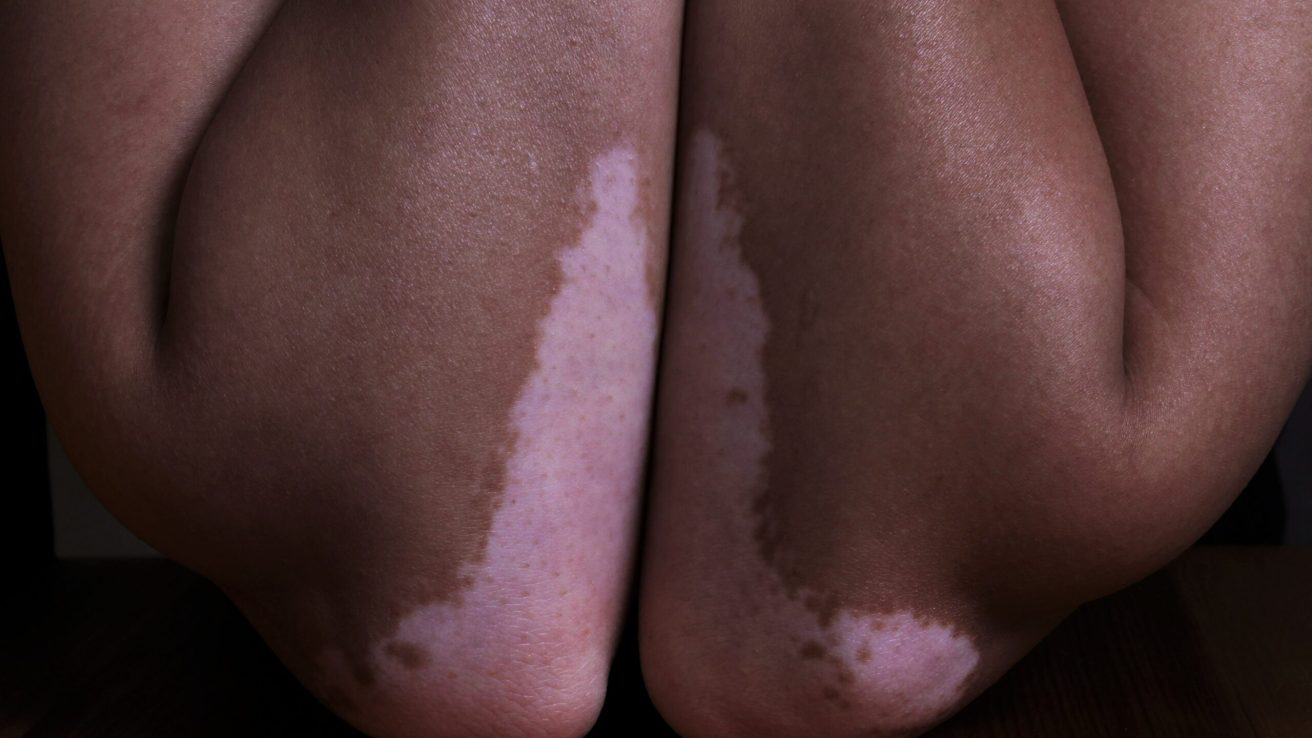Vitiligo and albinism are often characterized by similar signs and symptoms. However, there are several important differences between the two conditions.
Vitiligo and albinism are both conditions that can cause a person’s skin to lose its pigment. While they may sound similar, they are actually very different.
What are the main differences between vitiligo and albinism?
Vitiligo is an autoimmune condition that causes depigmentation of the skin in patches by damaging the cells that produce melanin. These patches can be any size and can appear on any part of the body. The exact cause of vitiligo is unknown. It can cause psychological distress as a cosmetic condition1.
Albinism, on the other hand, is caused by a genetic mutation that inhibits melanin production in the body at all stages of life. This means that people with albinism have very little pigmentation and their eyes do not produce enough melanin to protect them from sunlight damage or blindness. Albinism is usually accompanied by vision problems like nystagmus (rapid eye movement), photophobia (severe sensitivity to light), or total color blindness2.
Other distinguishing characteristics
1. Albinism is a congenital condition, which means it’s present at birth. Vitiligo, on the other hand, usually develops before age 20 and may be associated with other autoimmune disorders, such as lupus3.
2. Albinism affects all melanocytes (cells that produce pigment). In contrast, vitiligo affects only melanocytes in certain areas of skin.
3. Ocular albinism is more common in males than females4, whereas vitiligo affects both sexes equally.5
Vitiligo and albinism are both rare conditions that can have a significant effect on the lives of those who have them. While they share many similarities, they are also quite different in some ways.
Sources:
Plensdorf, S. & Martinez, J. (2009, January 15). Common pigmentation disorders. American Family Physician. Retrieved from https://www.aafp.org/pubs/afp/issues/2009/0115/p109.html
Mayo Foundation for Medical Education and Research. (2018, April 7). Albinism. Mayo Clinic. Retrieved from https://www.mayoclinic.org/diseases-conditions/albinism/symptoms-causes/syc-20369184
U.S. Department of Health and Human Services. (2022, April 1). Vitiligo. National Institute of Arthritis and Musculoskeletal and Skin Diseases. Retrieved September 30, 2022, from https://www.niams.nih.gov/health-topics/vitiligo
U.S. National Library of Medicine. Albinism. Retrieved from https://www.ncbi.nlm.nih.gov/books/NBK519018/
Vitiligo: Types, symptoms, causes, treatment & recovery. Cleveland Clinic. (n.d.). Retrieved October 4, 2022, from https://my.clevelandclinic.org/health/diseases/12419-vitiligo










